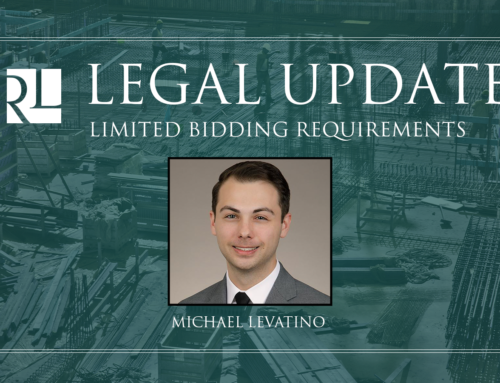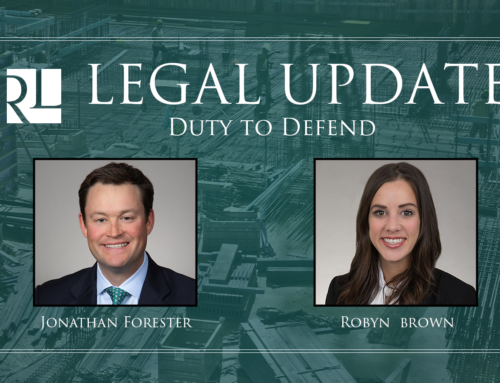Architects owe their customers a duty of care to deliver a design free of defects. Absent a valid subrogation agreement or assignment of rights, this duty does not extend to subsequent purchasers of property, who cannot sue the architect to fix or pay for the repair for design errors. In Cotton Exchange Investment v. Xcel Air Conditioning, et al. (E.D. La. May 3, 2019), the court underscored an exception to the general rule, making clear that although a subsequent purchaser generally cannot sue an architect for defective work, a cause of action does exist for damage caused by the architect’s defective design. In practice, the damages available to subsequent purchasers are significantly limited absent subrogation or assignment of the previous owner’s rights, but there is an avenue of recovery for some damages.
The dispute arose after Cotton Exchange purchased the AC Hotel in downtown New Orleans. The previous owner had a contract with John T. Campo & Associates (Campo), for architectural, design, and engineering services. Campo’s contract with the previous owner required Campo’s written approval to transfer the previous owner’s right to sue, which was never given when Cotton Exchange purchased the hotel. Soon after the sale, the new owner discovered extensive water damage to the walls and floors, allegedly caused by Campo’s defective plans, and filed suit for breach of contract, breach of warranty, and negligently delivering a defective design. Campo filed a motion for summary judgment, arguing Cotton Exchange did not validly acquire the previous owner’s right to sue Campo when it purchased the hotel.
After determining the new owner did not have a contractual right to assert the previous owner’s right to sue the architect, the court dismissed Cotton Exchange’s suit for breach of contract, breach of warranty, and defective design. The court reasoned that such rights are personal to the party under contract and must be validly transferred to subsequent purchasers. As a result, the architect did not owe a duty of care to the subsequent purchaser with respect to these claims. The new owner, however, was not completely out of luck; the court denied Campo’s motion for summary judgment for the damages caused by the defective design, concluding that an architect does owe a limited duty of care to subsequent purchasers regardless of the existence of a contract. Although Cotton Exchange could not sue Campo for the money needed to correct the defective design, the new owner could sue the architect for the moisture damage caused by the defective design.



